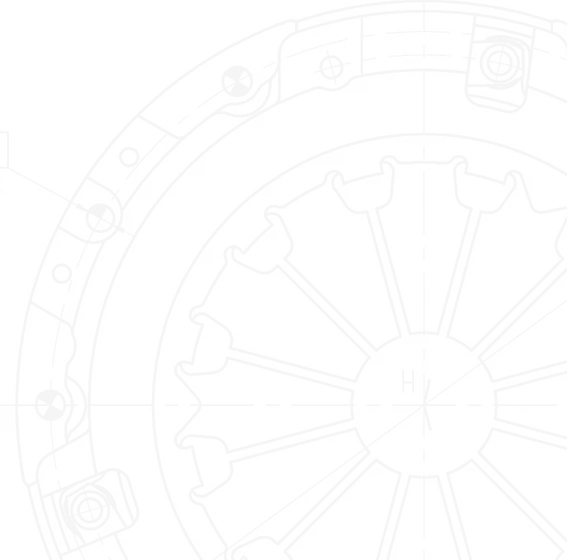
- Mobile Phone
- +8613931874955
- sales@cntcmetal.com
Design and Applications of Spiral Torsion Springs in Mechanical Engineering
Understanding Spiral Torsion Springs Mechanics and Applications
Spiral torsion springs are a fascinating and integral component in various mechanical systems. Their design, functionality, and applications span across numerous industries, making them an essential focus of engineering and design. Understanding these springs not only provides insights into their mechanics but also highlights their practical uses in everyday products.
What is a Spiral Torsion Spring?
A spiral torsion spring is a type of spring that operates by twisting or rotating along its axis. Unlike conventional coil springs that expand and compress, torsion springs work by exerting torque when twisted. The essence of their functionality lies in Hooke's Law, which states that the force exerted by a spring is directly proportional to the displacement from its equilibrium position. Spiral torsion springs come in various forms, but they typically consist of a coil of metal that is shaped into a spiral or helical form.
Design and Construction
The design of a spiral torsion spring is critical for its performance. Typically made from high-strength steel, these springs can withstand significant stress and deformation. The material choice influences the spring’s fatigue life, resistance to corrosion, and overall durability. The geometry of the spring, such as the diameter of the coil and the thickness of the wire, determines its torque characteristics and range of motion.
Spiral torsion springs are often manufactured through processes like coiling, heat treating, and surface finishing. Precision in these processes is vital as it affects the spring’s load-bearing capabilities and longevity. Engineers often use computer-aided design (CAD) software to simulate different spring designs and predict how they will perform under various conditions before moving to production.
Mechanism of Action
spiral torsion spring

The core principle behind spiral torsion springs is their ability to store and release energy. When a load applies torque to the spring, it twists around its axis. This twisting action stores potential energy in the spring. Once the load is removed, the spring returns to its original position, releasing the stored energy. This action can be swift and powerful, making spiral torsion springs suitable for applications requiring quick and efficient movement.
Applications in Industry
Spiral torsion springs find applications in various fields, from automotive and aerospace to consumer products and machinery. In the automotive industry, they are utilized in seat mechanisms, where they provide the necessary tension for reclining and adjustment. In consumer electronics, these springs are often used in devices like remote controls or camera shutters, offering a compact solution for energy storage and release.
Additionally, spiral torsion springs play a vital role in mechanical clocks and watches, where they regulate the movement of gears by controlling the torque exerted. Their compact design and robust nature make them ideal for use in small devices requiring precision and reliability.
Advantages and Considerations
One of the significant advantages of spiral torsion springs is their compact size combined with high torque capacity, allowing for efficient energy management in limited spaces. However, like all mechanical components, they have limitations. For instance, over-twisting can lead to material fatigue, affecting the overall lifespan of the spring. It is crucial for designers and engineers to calculate loads and select appropriate materials to ensure optimal performance while avoiding failure.
Conclusion
Spiral torsion springs exemplify the ingenuity of mechanical design, providing essential functions across diverse applications. Their ability to efficiently store and release energy makes them a crucial component in modern machinery and consumer products. As technology continues to evolve, the design and application of spiral torsion springs will likely adapt, enabling even more innovative uses in the future. Understanding their mechanics and applications not only enhances our appreciation of these components but also underlines their importance in the engineering landscape.
share:
-
Why Sacrificial Formwork Is Redefining Underground ConstructionNewsJun.06,2025
-
The Structural Dynamics of Modern Concrete: How Snake Spacers Revolutionize Flexible ReinforcementNewsJun.06,2025
-
Snake Spacers Smart-Lock Concrete Reinforcement with Surgical PrecisionNewsJun.06,2025
-
Snake Spacers: Reinforcement Precision for Modern Concrete ProjectsNewsJun.06,2025
-
Snake Spacers Powering Concrete's Structural DNANewsJun.06,2025
-
Slither into Success: Snake Spacers' Precision Bite for Unbreakable ReinforcementNewsJun.06,2025
-
Sacrificial Formwork: Building Stronger, Faster, and Safer StructuresNewsJun.06,2025



















